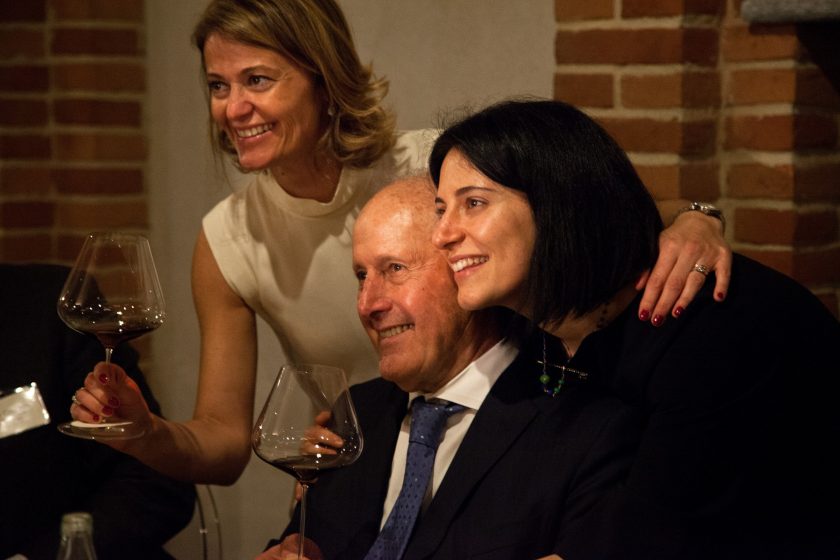Paolo Scavino
“The Scavino family (Enrico and his daughters Enrica and Elisa) carry forth an important family legacy with a wide range of cru-specific wines that brilliantly exhibit individual styles.” – Wine Advocate
“When winemaker Enrico Scavino passed away on February 25th the Langhe lost one of its luminaries and one of the nicest people in the wine industry…Enrico was a trailblazer in Barolo but also a classy, lovely and humble person. He was full of energy and passion for his vineyards, wines and his family. He was immensely proud of his two daughters, Enrica and Elisa, who have worked alongside their father for years.” -Kerin O’Keefe
The most remarkable thing about Enrico Scavino is that, over the course of his seven decades at the Paolo Scavino estate, he never stopped endeavoring to make better Barolo. Through experimental advances that continually kept him on the avant-garde of the Langhe region, Enrico was highly influential in moving Barolo forward in both approach and pedigree. And when his daughters, Elisa and Enrica, began taking on more responsibility at the winery, instead of taking a step back, Enrico’s passion was bolstered by the presence of the next generation. Enrico’s sudden passing in 2024 was a blow to the appellation as a whole, but one thing is certain: the winery is firmly in good hands with the new generation at the helm.
A word on Scavino Barolo….
All of the wines are subject to scrupulous care of the vineyards in order to grow healthy and high quality grapes. Yields are limited. Vinification and aging are the same for all of the non-riserva Barolo to emphasize the terroir of each site. Each cru & sub-cru is vinified separately in stainless steel. Native yeasts, temperature control during fermentation, 8 – 12 days maceration, 20 – 30 days of alcoholic fermentation. Selection of the best performing plots during the first year of aging. The under acheiving ones, depending on the vintage, are sold off in bulk. Aging 10 months in neutral French oak barrels, then 12 months in large casks, 10 months in stainless steel, 10 months in bottle before sale.




